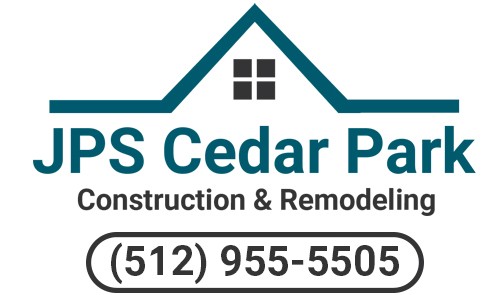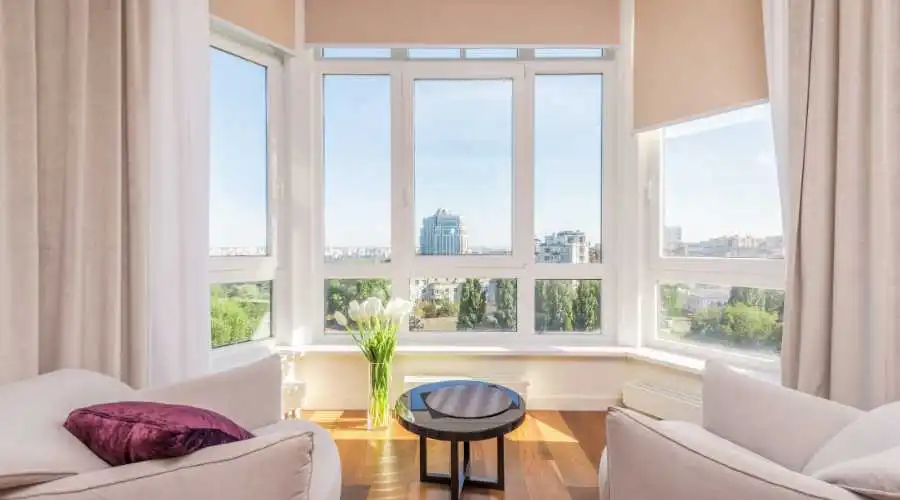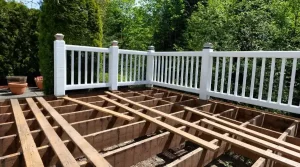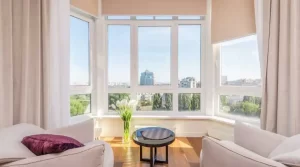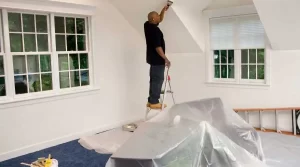In today’s world, where environmental consciousness is on the rise, the term “passive” is gaining popularity, much like the word “green.” However, understanding the nuances behind passive design and the capitalized Passive House standard is crucial. At JPS Cedar Park Construction & Remodeling, we believe in empowering you with the knowledge needed to make informed choices. Join us as we unravel the Passive House mystery, explore its significance, and shed light on why you should consider integrating this concept into your construction endeavors.
Navigating the Passive House Labyrinth
The realm of passive design may seem complex, but breaking down the terminology can bring clarity to the conversation:
- “This house was designed with passive solar principles”: This indicates that the house’s layout and window placement harness natural daylight for heating. It may also encompass shading strategies to counter hot summer temperatures. These fundamental steps mark the initial stride towards energy-efficient housing.
- “This house was designed to Passive House principles”: Here, architects and builders actively commit to adhering to a set of quantifiable building standards aimed at minimizing energy consumption. The genesis of this approach traces back to Germany’s Passivhaus movement.
- “This house is a certified Passive House”: Beyond design and construction alignment with Passive House standards, the certification label indicates successful completion of a verification process. Various organizations, including the Passivhaus Institute in Germany and Phius in the U.S., oversee certification. These entities ensure that the project adheres to strict performance benchmarks with third-party accountability.
Deciphering the Passive House Standard
Contrary to its name, a Passive House is far from lethargic. In fact, it actively contributes to energy conservation. While passive solar design capitalizes on solar heat through well-placed windows, the Passive House standard elevates energy efficiency to a new level.
A home built to Passive House standards maintains a comfortable interior across all seasons without relying on active heating or cooling systems.
Depending on your region, a project must meet specific annual energy consumption limits to qualify. Historically, Europe followed a 15-kilowatt-hour-per-square-meter benchmark, with the U.S. adapting standards to match distinct climate zones.
In terms of energy savings, Passive Houses achieve an astonishing 60% to 70%, often more, compared to conventional constructions.
Unraveling the Enigma of Passive House Design
Passive House architects embrace a compact building form, often characterized by a box-like structure. This core design element forms the foundation of efficiency and is adorned with unconditioned outdoor spaces to infuse visual interest into the facade.
When winter arrives, passive solar design optimizes solar heat absorption by orienting the house to the sun’s path. This allows the low-angled winter sun to infiltrate indoor spaces, contributing to heating. Further energy gain arises from the heat generated by occupants and daily activities. Mechanical ventilation systems maintain fresh indoor air, while dehumidifiers regulate moisture levels. As summer approaches, shading devices and sun angles are manipulated to prevent excessive heat from reaching windows, walls, and floors.
Exploring Insulation Options
To combat energy loss, the building envelope — encompassing walls, slabs, and roofs — demands meticulous insulation. Windows, too, are pivotal. High-quality windows are a significant upfront investment that yields substantial energy savings.
Quality insulation combined with robust windows form an impermeable building envelope. The analogy of a balloon illustrates this point: a single hole compromises its effectiveness, just as one weak point can undermine an otherwise insulated structure.
Air leakages are another concern, impacting both energy loss and gain. The Blower Door Test, a Passive House standard procedure, pressurizes the house to measure air-flow rates, ensuring an airtight envelope.
The Significance of Certification
The discussion surrounding Passive House certification persists. While some view it as an added expense, others see it as a transparent process enhancing accountability and market value. Trust in your project team is paramount, as certification isn’t mandatory due to the untrademarked nature of the term “passive.”
Embrace the Passive House Revolution
As you embark on a journey towards sustainable construction, integrating the Passive House concept can revolutionize your approach. At JPS Cedar Park Construction & Remodeling, we’re committed to guiding you through this transformation. Our experts are equipped to create energy-efficient, comfortable, and eco-conscious spaces that align with your values and aspirations.
